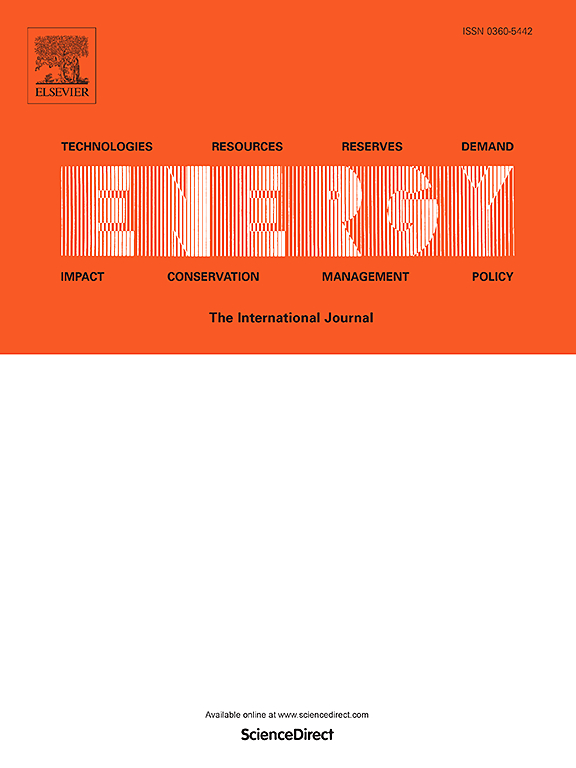Evaluating electricity transmission and distribution efficiency using Data Envelopment Analysis Forest with feature importance
IF 9
1区 工程技术
Q1 ENERGY & FUELS
引用次数: 0
Abstract
Data Envelopment Analysis (DEA), a non-parametric method, has been widely used to measure power grid efficiency, which is a crucial metric for measuring progress in energy development. However, efficiency analysis faces difficulties due to high dimensionality and data noise. To mitigate these challenges, the integration of standard DEA models into an ensemble Random Forest structure is proposed, resulting in a new model called DEA Forest for the evaluation of power grid sector performance. Simulation results indicate that this new model exhibits robust and discriminative performance across both low- and high-dimensional inputs and outputs. An empirical analysis of the performance of the Chinese power grid sector is also conducted. Its results demonstrate that DEA Forest can provide discriminative efficiency ranking results in high-dimensional features of power grid compared to other methods. Moreover, a novel feature importance measure is proposed to analyze the decision-making processes based on DEA, which can provide more discriminative importance values under multicollinearity. This measure maintains a ranking similarity of 91.86% with the original results after feature selection, compared to 77.89% achieved by the old method. It also displays key inputs and outputs that affect electricity transmission and distribution efficiency. The results of this study indicate that in the era of big data, regulators and scholars need to consider the impact of high-dimensional features and data noise on efficiency results in large-scale power grid development. When analyzing feature importance or conducting feature selection, it is also necessary to pay attention to the impact of feature correlation.
基于特征重要性的数据包络分析森林评价输配电效率
数据包络分析(DEA)是一种非参数方法,已被广泛应用于电网效率的测量,是衡量能源发展进程的重要指标。然而,由于高维数和数据噪声,效率分析面临困难。为了缓解这些挑战,提出了将标准DEA模型集成到一个集成随机森林结构中,从而产生一个称为DEA森林的新模型,用于评估电网部门绩效。仿真结果表明,该模型在低维和高维输入和输出中都具有鲁棒性和判别性。本文还对中国电网行业的绩效进行了实证分析。结果表明,与其他方法相比,DEA Forest方法能够在电网高维特征上提供判别效率排序结果。在此基础上,提出了一种基于DEA的特征重要性测度,该测度在多重共线性下能够提供更多的判别性重要值。经过特征选择后,该方法与原始结果的排序相似度为91.86%,而旧方法的相似性为77.89%。它还显示了影响输配电效率的关键输入和输出。本研究结果表明,在大数据时代,监管机构和学者需要考虑大规模电网发展中高维特征和数据噪声对效率结果的影响。在分析特征重要性或进行特征选择时,还需要关注特征相关性的影响。
本文章由计算机程序翻译,如有差异,请以英文原文为准。
求助全文
约1分钟内获得全文
求助全文
来源期刊

Energy
工程技术-能源与燃料
CiteScore
15.30
自引率
14.40%
发文量
0
审稿时长
14.2 weeks
期刊介绍:
Energy is a multidisciplinary, international journal that publishes research and analysis in the field of energy engineering. Our aim is to become a leading peer-reviewed platform and a trusted source of information for energy-related topics.
The journal covers a range of areas including mechanical engineering, thermal sciences, and energy analysis. We are particularly interested in research on energy modelling, prediction, integrated energy systems, planning, and management.
Additionally, we welcome papers on energy conservation, efficiency, biomass and bioenergy, renewable energy, electricity supply and demand, energy storage, buildings, and economic and policy issues. These topics should align with our broader multidisciplinary focus.
 求助内容:
求助内容: 应助结果提醒方式:
应助结果提醒方式:


